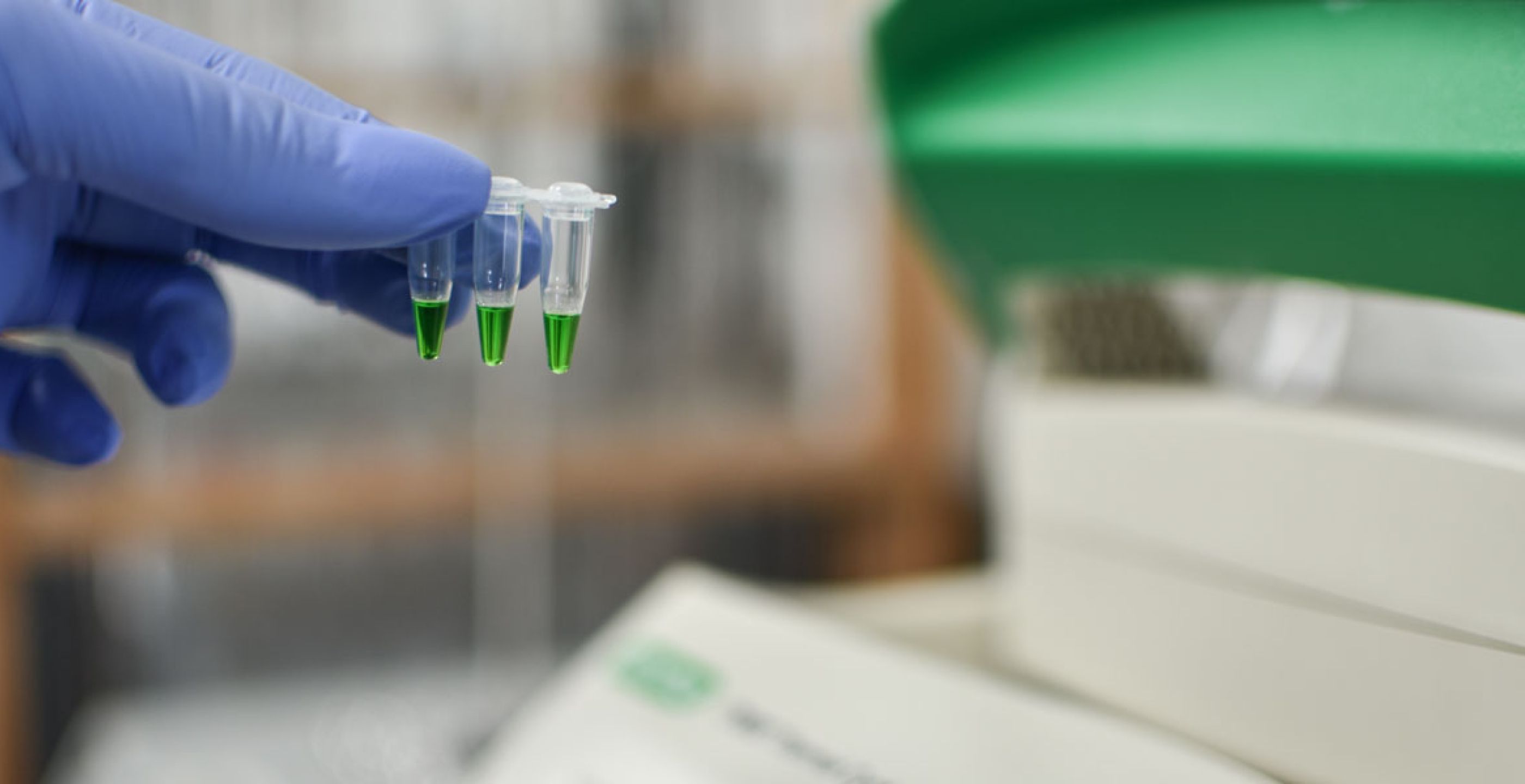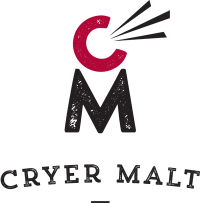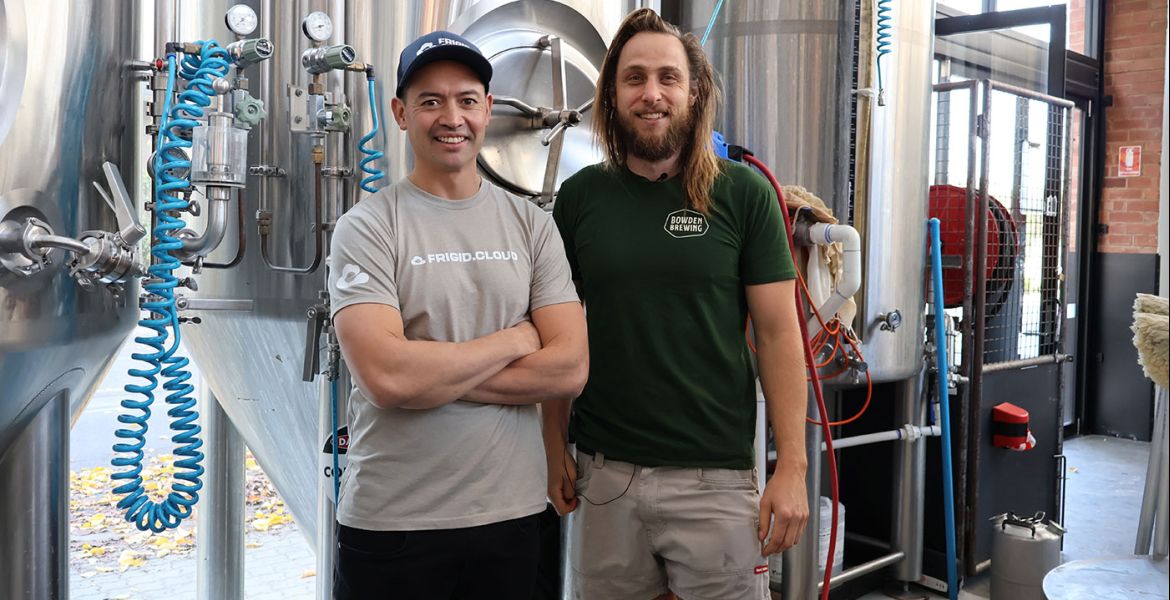To most brewers, the name White Labs needs no introduction. Founded in San Diego in 1995, it was instrumental in starting the culture (pun intended) of craft beer in the city.
A large part of that San Diego culture quickly spread nationwide and eventually worldwide by way of a drink now pretty much synonymous with craft beer: the West Coast IPA. Today, White Labs is one of the world’s largest suppliers of brewing and winemaking yeast, selling 70 unique strains to customers in more than 30 countries.
But, back in the early 90s, White Labs looked entirely different. It was hardly a company at all, more accurately described as a young graduate student with a fascination for yeast and a penchant for homebrewing with his mates.
That graduate student was Chris White, who was working towards his PhD in a yeast lab at UC San Diego. His mates were Yussef Cherney and Jack White, who would go on to found Ballast Point Brewing Company.
“At the time, [Yussef] had just started working at Home Brew Mart, which was owned by Jack,” Chris explains. “For years, we were just homebrewing together. We had an idea for a brewery in the future and I was just helping out where I could.
"Eventually, I realised I could do this yeast thing, but there wasn’t a lot of choices and we weren’t really happy with what was out there. So, I started developing my own strains.”
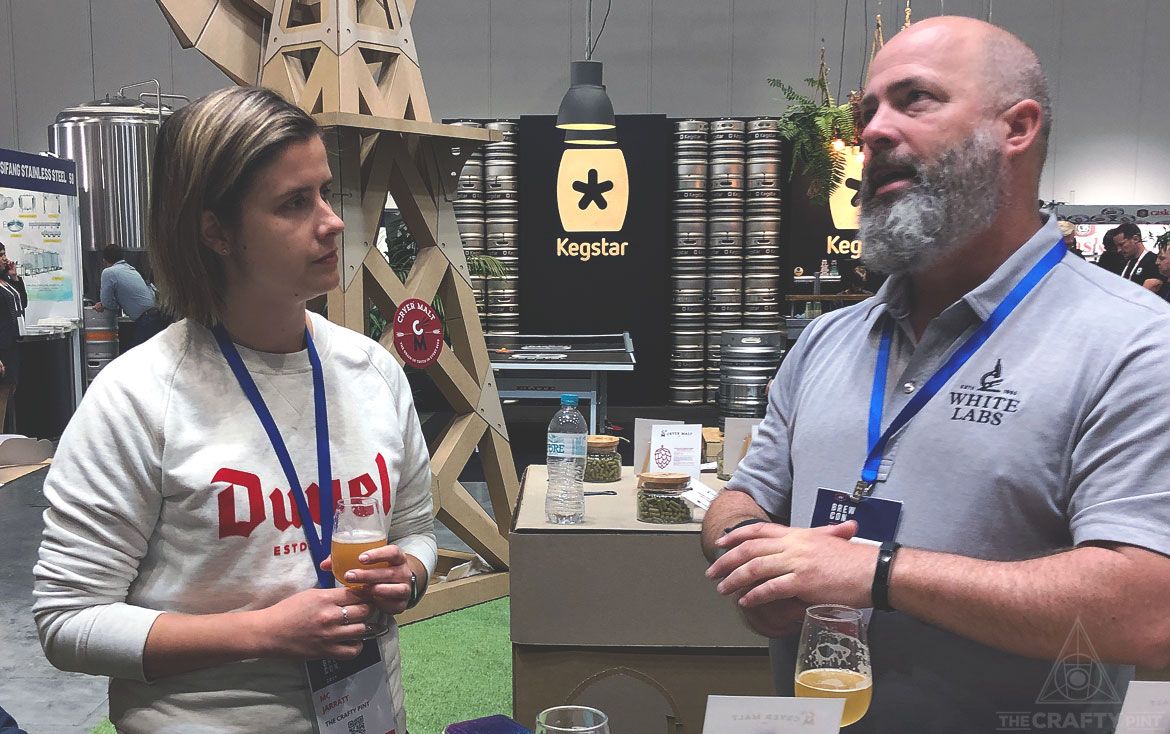
Less than a year after White Labs was officially up and running, a few breweries began popping up in San Diego, encouraged in part by progressive Californian state law and a strong homebrewing community. Ballast Point, Stone and AleSmith were amongst Chris’ first customers, who was, first and foremost, “right there to help everybody make great beer.”
Some of the earliest beers produced by these breweries used White Labs’ Californian Ale Yeast strain, which is still the number one seller after almost 25 years.
“It was going to make a very dry, but a very hop-forward beer,” Chris says. “People were angry about that in those early days – they thought the West Coast beers were too ‘unbalanced’. People thought lagers should be dry, but ales should be balanced – but by that they meant sweet.”
At that time, IPAs were already being brewed in the United States, but predominantly inspired by malt-driven, English-style beers. The hoppy, West Coast version was a far cry from what drinkers were used to.
“Thing is, those dry and hoppy beers were really popular with the customers," Chris says. "They eventually spread across the US, then the world. We hardly call them West Coast IPAs anymore.”
White Labs had already experienced their first worldwide trend, but given Chris’ yeast was part of the genesis for the style, they had a head start in reacting to the hype. In the years since, keeping up with the demand for yeasts suited to emerging styles has become a perpetual challenge.
“The first style I saw get popular was Hefeweizen,” he says. “That seems kind of normal now, it helped people get interested in craft beer. Then, there was the whole Belgium thing, which started with Abbey beers, then saisons, then wild yeast – Brettanomyces. Then, there were strong, high alcohol beers, pastry stouts and now into the hazy beers and lower alcohol beers.
“Our reaction to trends is helped by having our own brewery, where we sell our beer and see what customers say, then use that information. We saw the hazy trend and were pretty fast with that because we saw, even in San Diego, our hazy beers starting selling faster.”
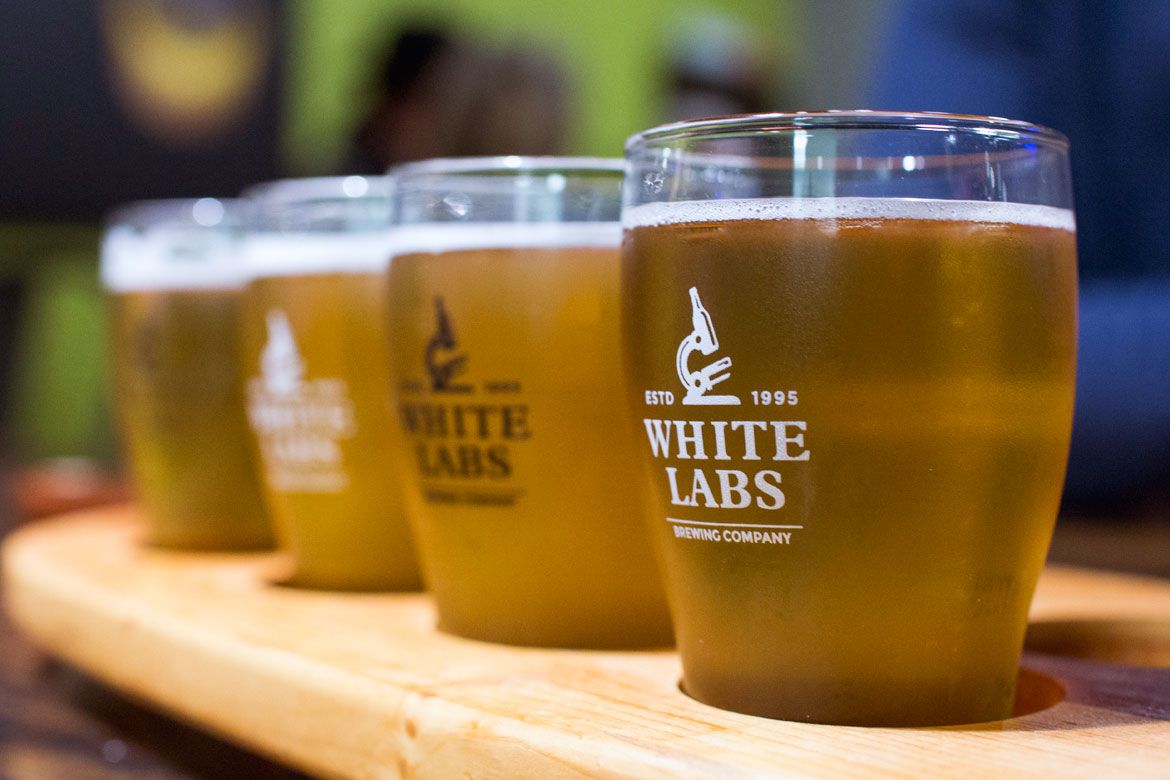
Indeed, White Labs’ site on the aptly named Candida (the scientific name for yeast) Street is home to a tiny 300 litre brewery, where identical wort batches are split and fermented with different yeast strains to understand their effect on the resulting beer.
Unsurprisingly, the difficulty in reacting to trends is not knowing what they are ahead of time. Yeast, like every other raw ingredient, can’t be created overnight. It must be collected from a yeast bank, cultivated and tested before release, which can take weeks or even months. However, in some cases, White Labs is already prepared thanks to the large number of yeast strains they keep on reserve, including some that aren’t yet available to the consumer.
“A whole part of our business is private strains, where we contract manufacture. We also have a lot of yeast we can’t sell, or a lot of yeast we won’t sell yet, such as some unique historical strains, but we have to see if there’s an interest commercially first,” Chris explains.
Other times, there’s plenty of work to be done before a yeast can be released commercially.
“Once you have a strain, you can propagate it pretty simply," he says, but points out there's much more involved: "actually growing the yeast, getting it in the right physiology so they’re going to mate, create the right flavours and be able to be reused are the tricks of the trade.”
Despite the challenge of keeping up with trends and hype, it offers an interesting perspective on their nature.
“Most styles are rooted in some kind of yeast need," he says. "What we have the unique opportunity to see from the yeast side is that all of the styles go through their phases of interest then falling off, or phases of interest, then staying strong.
“There will be new [styles] every year, as long as the number of breweries stays high and have so many people around the world being creative. They’re going to uncover an old style, they’re going to create a new one that’s an offshoot of something else.
"From what I’ve seen, as long as they stay with traditional brewing ingredients, they have a chance to stay successful. When they alter brewing ingredients, they tend to be more of a fad.”
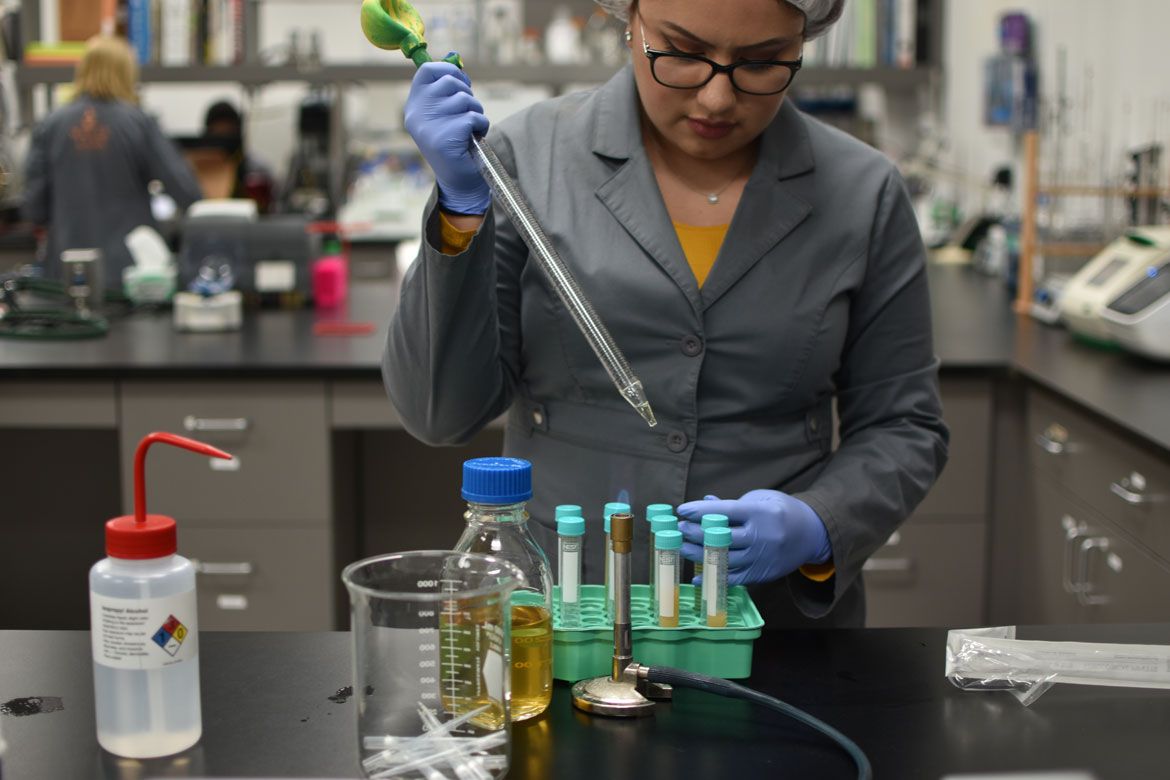
As trends come and go, Chris has also noticed firsthand that the breweries that survive and grow are those whose priority is quality. An overarching theme of this year’s BrewCon in Melbourne (and the focus of a recent Big Issue feature on this site), quality is quickly become a key factor in a brewery’s success.
“The whole world of microbiology is new to a lot of brewers,” Chris says. “Not a lot of people from science or even people with a huge interest in it make it into brewing. That’s led to a lot of great artistic expression, which is something great that the brewing industry does, but science has a profound impact on the beer.”
In San Diego, White Labs runs a variety of training workshops to teach brewers about microbiology and quality control needs in a brewery. As daunting as it may seem, setting up a laboratory in the brewery and running basic quality control tests doesn’t have to be difficult. For Chris, he thinks the biggest barrier may be that brewers don’t want to know, lest their beer have some sort of contamination. But, he’s eager to point out that in a non-sterile environment like a brewery, contamination is normal.
“Brewers should understand it’s not the difference between a good beer or a contaminated beer. Contamination is in every beer and every brewery. You’re not using sterile processes – you’ve got doors open, you’ve got hands and hoses and all these raw ingredients. It’s all over the place, it’s just about keeping it below a detectable level.
“That’s what I like to people hear talking about. What’s worse is when I hear a telltale sign for a brewery that doesn’t perform quality control. It’s when they say, ‘I’ve never dumped a batch’. In my mind, I know that’s because they’ve probably never tested a batch!”
Along with White Labs’ aim to increase knowledge regarding microbiology and quality control, Chris has one other goal which is so far proving immensely fruitful – for White Labs to become a worldwide company.
“Back [in 1995], I knew we wanted to be a global supplier. I wanted to create a company that was big enough and could create enough jobs to supply yeast around the world,” he says.
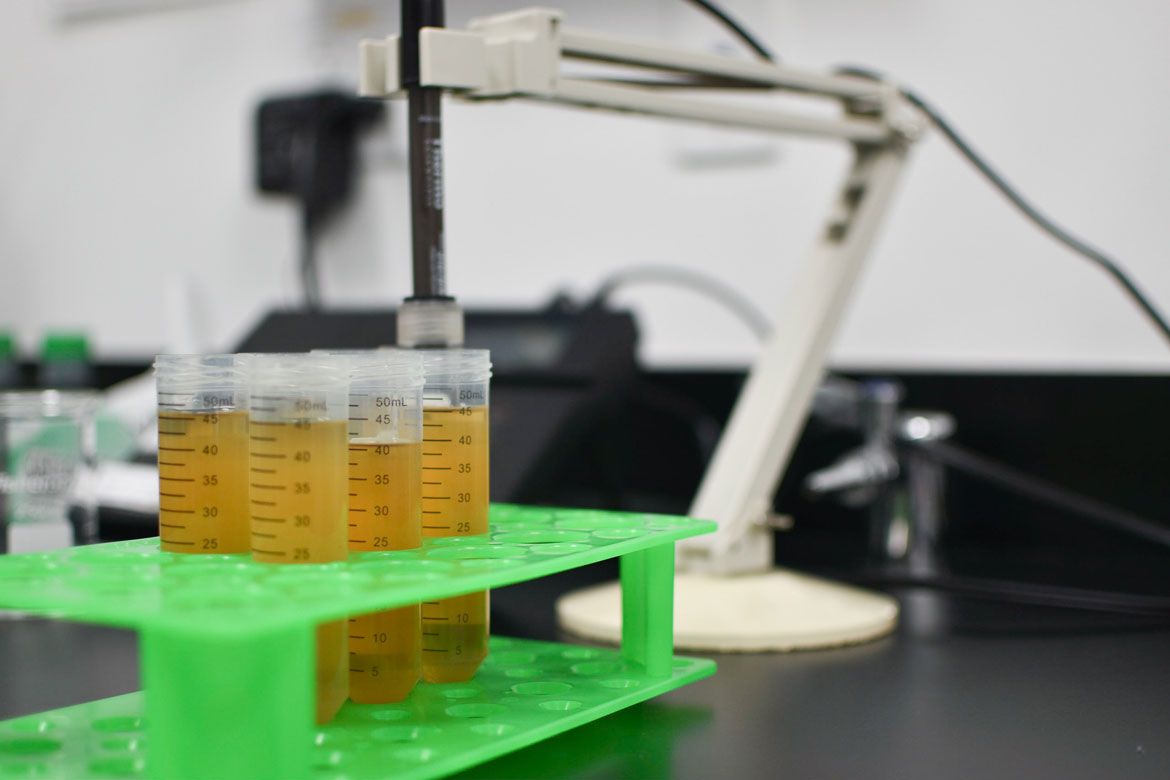
In 2015, twenty years after the original, White Labs Denmark opened, headed by Troels Prahl. Chris had met his father, Claus Prahl, who also worked with yeast, at a conference in Denmark in the 90s. Several years later, as a college student, Troels had interned at White Labs San Diego, transitioning to a full-time role for several years before returning to Denmark.
“We thought, why not start a White Labs there?" Chris says. "That was all because of one person. You never know what these kinds of things will lead into, so being open minded is very helpful.
“Over the years, we just kept growing as the industry grew. For the first time, we have enough capacity for our customers. But, we’re adding more, because for scaling a business you have to keep thinking about the future.
“I’m still banking on growth in this industry. It’s growing in the United States and around the world and I think as long as craft brewers don’t attack each other – don’t even attack the big guys – but work together to grow the market, we can be successful.”
You can view other entries in The Collaborators series, which focuses on people and businesses working in and around the beer industry, here.
And you can read about one of the historic yeasts Chris and his team helped bring back to life – the Melbourne Ale Yeast strain – here.



